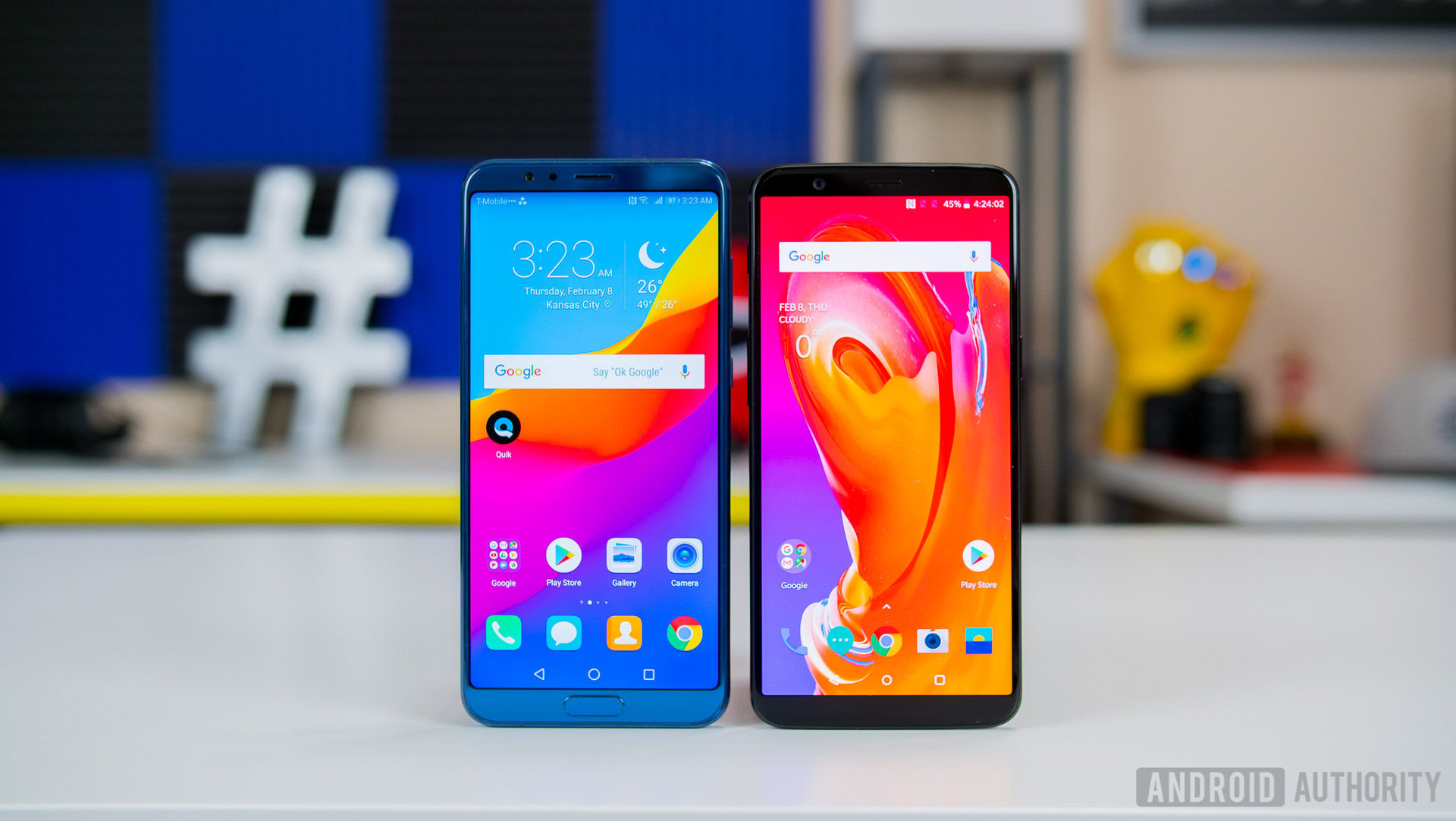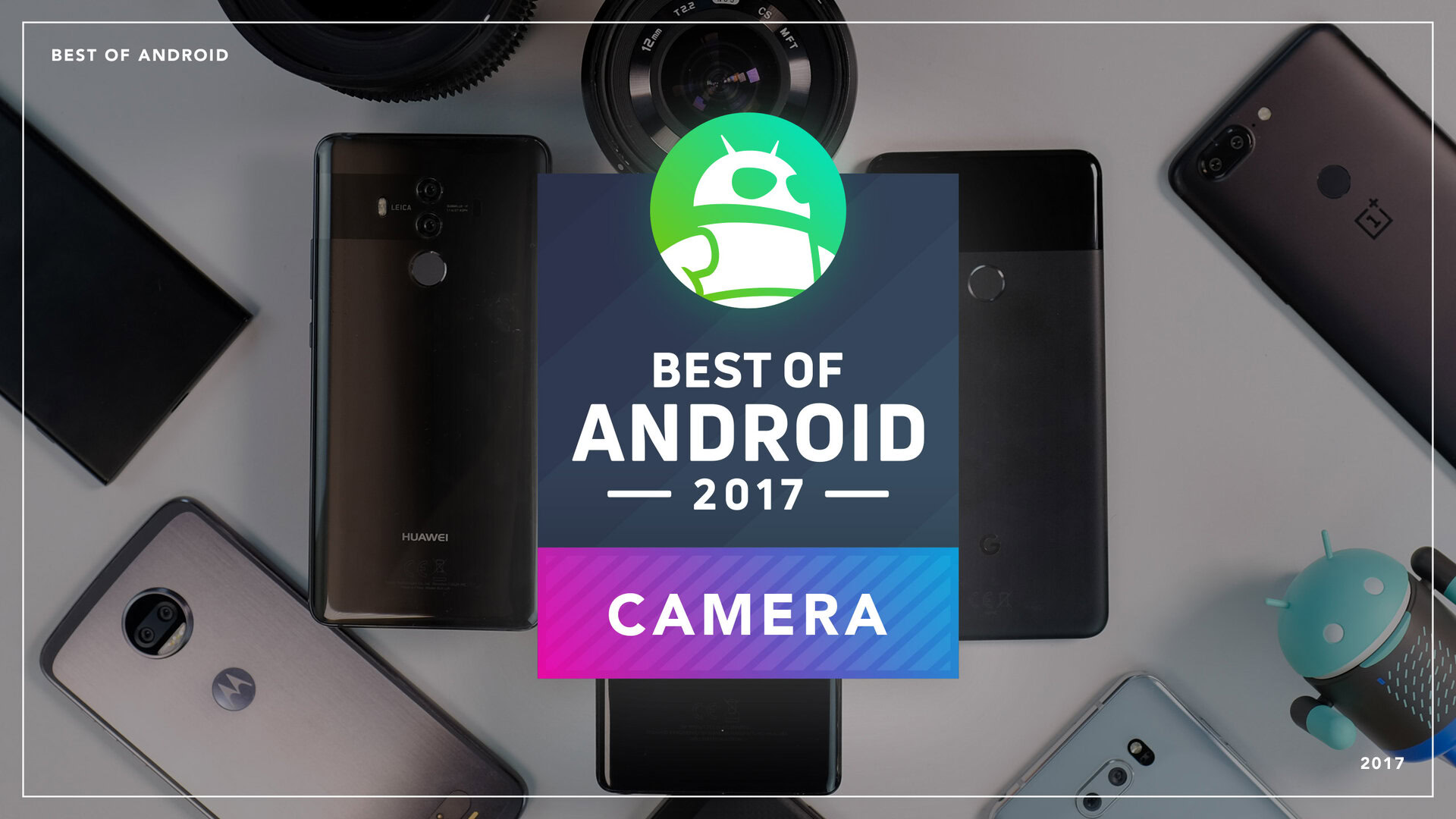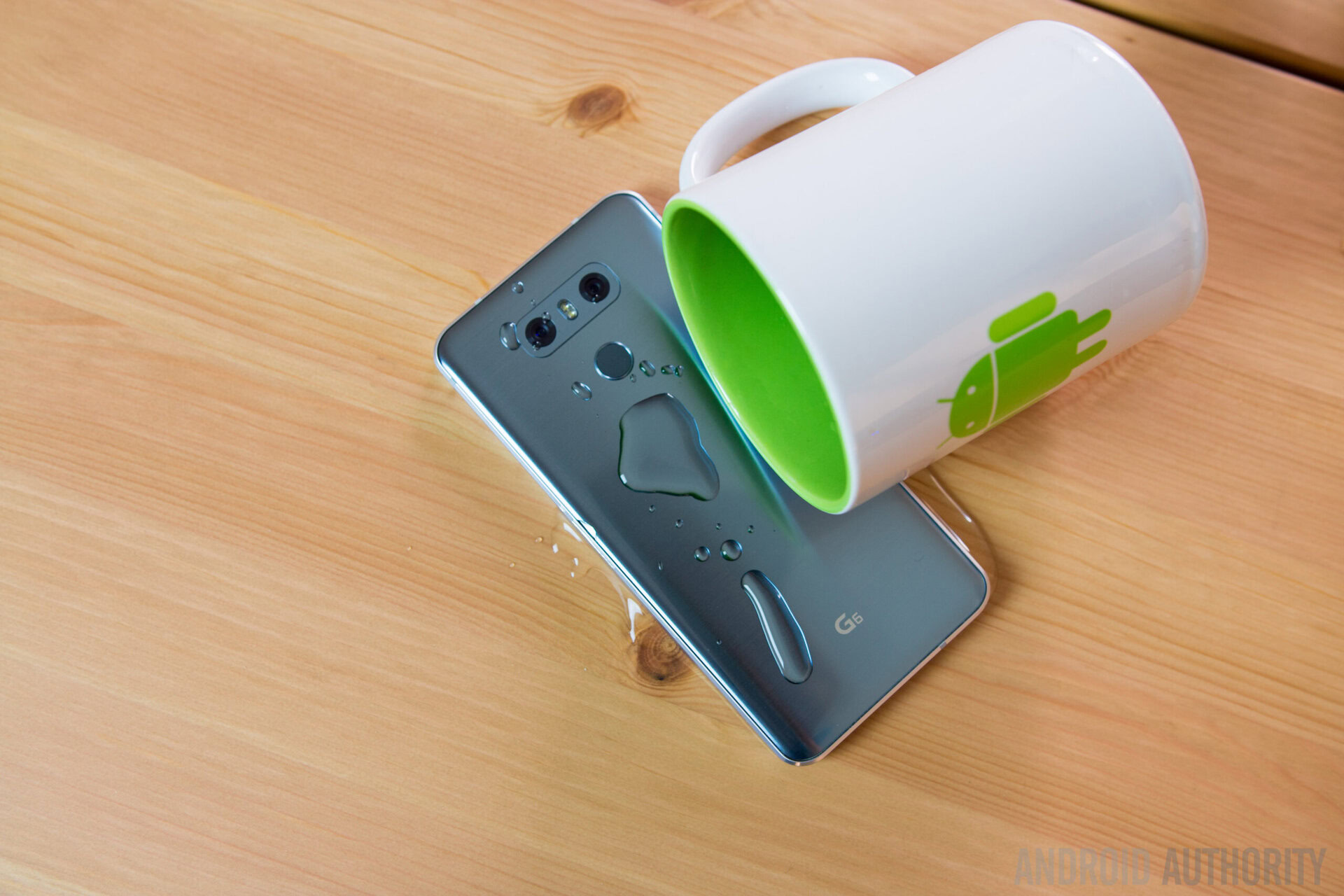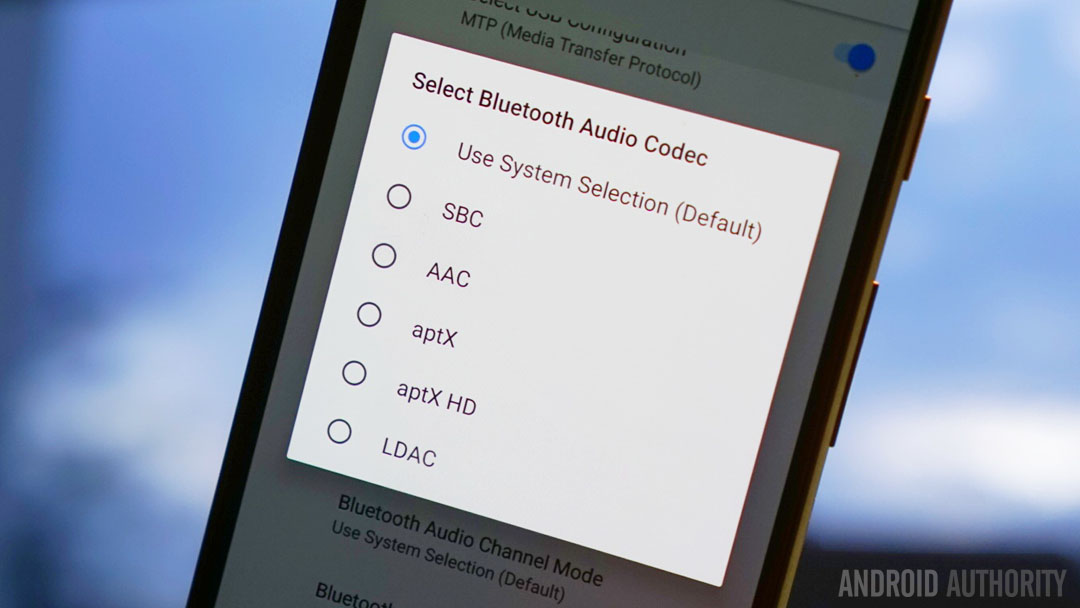Affiliate links on Android Authority may earn us a commission. Learn more.
2018: the year OEMs perfect the mid-tier?
Published onFebruary 16, 2018

2017 was a special year for mid-tier Android phones. At the start of 2018, devices like the OnePlus 5T, Samsung Galaxy A8, and HONOR View 10 offer features like near bezel-less displays, dual cameras, loads of RAM, and premium designs, all for around $500.
These phones are not just special mid-tier phones, but special phones full-stop. This is extremely important when top-tier devices are regularly starting to push and break the $1,000 barrier. Let’s take a look at a few things we think could be the final pieces of the puzzle that would make the mid-tier truly compelling .
Keep improving those cameras
Mid-tier phone cameras improved a lot in 2017. By the end of the year, many had been released with dual cameras, allowing them to take photos with an optical zoom or bokeh effect. In fact, the recently released HONOR 9 Lite actually comes with dual cameras on both the front and the back of the phone.
Despite the improvement, perhaps the most common complaint last year in our reviews of mid-tier phones was with the cameras. Many of them took great great photos, but often struggled with low light or lacked detail.

2018 is likely to see a continuation of the recent improvements found on mid-tier phones. Now that dual cameras are becoming more common on these devices, OEMs could start adding wider apertures, image stabilization in video, or perhaps in-software improvements.
Machine learning support
Machine learning is just starting to creep into top-tier devices like the Google Pixel 2 with its Image Processing Unit, and the HiSilicon Kirin 970 SoC found in top-of-the-line HUAWEI phones like the Mate 10. However, the high cost of including a dedicated machine-learning chip meant they were exclusively the domain of top-tier devices in 2017.
Machine learning could be coming to the mid-tier 2018. The HONOR View 10 was released right at the end of 2017, packing the Kirin 970 chip. Machine learning can also be performed on devices without dedicated processors. Even devices without expensive dedicated neural processing units (ie: mid-tier phones) can benefits from machine learning. This is already being seen on chips like the Snapdragon 660 and 653 which include Qualcomm’s Hexagon DSP hardware.
The benefits of machine learning include the potential for better photos, more-efficient battery use, object recognition for shopping, instant language translation, AR experiences, and an all-around quicker and smoother experience.
Considering the importance of better photos and increased battery life, as well as the future potential found in AR and object recognition, it seems crucial that mid-tier manufacturers work hard to get machine learning capabilities in their phones as soon as possible.

Mid-tier phones with an IP rating
Making mid-tier phones waterproof may not be the most exciting development, but it would surely make them a more awesome proposition.
A large number of users would probably find it very useful. A survey from 2012 estimated that 27 percent of damaged iPhones had been damaged through water. Meanwhile, one of our own weekly polls from 2017 suggested 80 percent of our readers found waterproofing important, at least to a degree.
However, waterproofing phones can be expensive. Xiaomi founder Lei Jun once said it would add 20-30 percent phones prices. This number may not be accurate for all phones from all manufacturers, but it nonetheless shows waterproofing phones is expensive enough to put off manufacturers.
As anyone who has ever dropped water on their phone without worrying or listened to music in the shower will know, the cost can be worth it. For mid-tier phone manufacturers, when it comes to the choice between making slight improvements to an existing feature (a slightly better camera or screen) or giving their phone an IP rating, perhaps going with the latter option would be a good way to add real value to a phone.
Higher resolution Bluetooth

With streaming services like Spotify now offering music playback at a rate of 320 kbps, and TIDAL offering playback at a 1411 kbps high-fidelity rate, it seems like there is an appetite for making music sound as good as possible.
Combined with the rapid increase in the number of people listening to music using Bluetooth headphones, it is becoming crucial for mid-tier phones adopt higher resolution Bluetooth codecs such as aptX HD and LDAC.
Without this, it will be hard for listeners to get the audio quality they crave, even when streaming on a higher setting.
This will be especially important if mid-tier phones follow the trend of removing headphone jacks in favor of wireless capabilities. The OnePlus 5T is one of the first mid-tier phones to provide support for aptX HD and with support for these two codecs being built into Oreo it is likely only a matter of time before it starts to feature on more mid-tier devices.
Wrap up
As 2017 has proved, it is more than possible to get a high-quality device in the mid-tier with a ton of great features. Where OEMs should focus their energy next, however, is a different question.
Cameras have always been a huge selling point for phones so improvements will likely continue to be made in this area. Machine learning is another exciting area with the potential to improve phones in many different areas. It will probably be something phone manufacturers include in their devices soon.
Overall, it is likely that most of these features will be available in mid-tier devices sooner rather than later. If and when they do, it will certainly go some way towards making the mid-tier a truly compelling space.